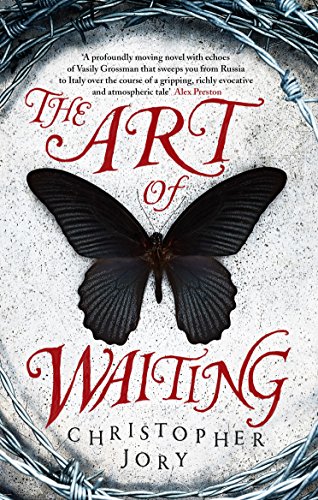The Art of Waiting
The Art of Waiting is set in Italy and Russia between 1928 and 1952. It tells the story of Aldo Gardini, a young Italian, through his early life in Venice, the unspeakable horrors of the war and his difficult homecoming. It shows a gradual loss of innocence, as Aldo embarks upon a relationship with a married woman, suffers the loss of his father in suspicious circumstances and is then conscripted into the army. He is sent to Russia, to fight a war he hardly believes in, and is eventually taken as a prisoner of war. Throughout his time in prison there are two things that keep his hopes alive: his love for Katerina, a young Russian woman who has befriended him, and a burning desire for revenge on the man he believes to have killed his father.
This is a beautifully written book, with powerful descriptions that evoke the atmosphere of pre-war Venice and Leningrad, and then of war-torn Russia. There is no sentimentality here: brutality and corruption exist just as much in peacetime as during the war. But there are moments of kindness, too, sometimes when they are least expected. The author uses a recurrent theme of water (the sea, the River Neva and the lagoon of Venice) to convey contrasting fortunes. The water can provide food and a setting for romance, but it also draws people to their deaths. Ultimately this is a story of love and loss, of conflicting emotions and a world in which, as one character says, “nothing makes sense”.










